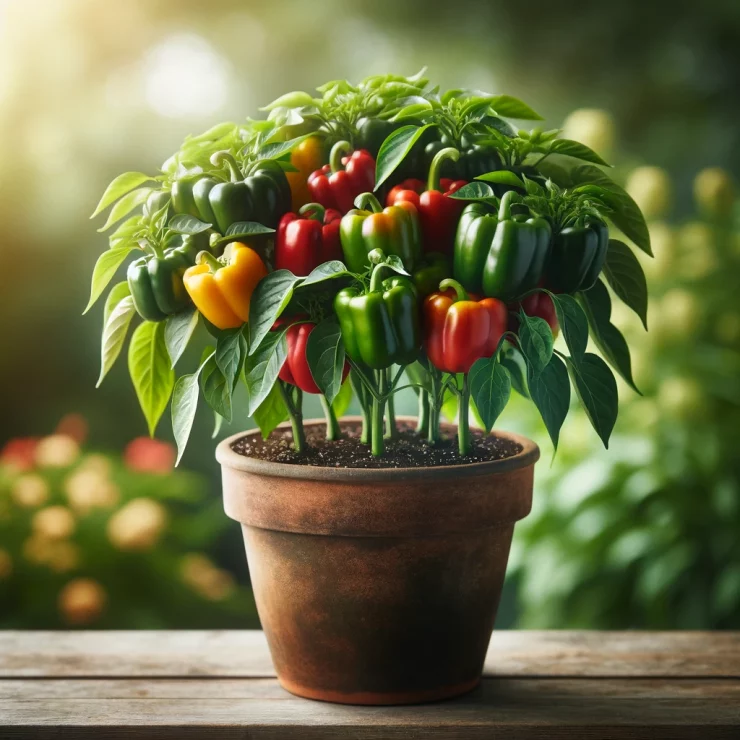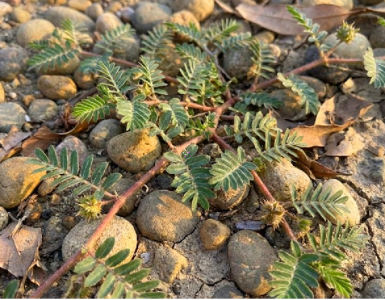Bell peppers are a versatile and nutritious addition to any kitchen, adding color, flavor, and essential nutrients to a variety of dishes. While they are commonly grown in traditional garden settings, many people are discovering the joys of growing bell peppers at home in containers. Not only does container gardening offer convenience and flexibility, but it also allows for optimal control over growing conditions, leading to abundant production. In this article, we’ll explore the secrets to successfully growing bell peppers in containers, from selecting the right varieties to providing the ideal growing environment.
Choosing the Right Varieties
When it comes to container gardening, selecting the right varieties of bell peppers is crucial. Look for compact or dwarf varieties that are well-suited for growing in containers. These varieties typically have a more manageable size and produce well in confined spaces. Some popular container-friendly bell pepper varieties include Mini Bell, Patio Bell, and Lunchbox Pepper.
Selecting the Container
The key to successful container gardening is choosing the right container. Opt for pots or containers that are at least 12-18 inches in diameter and have drainage holes at the bottom to prevent waterlogging. Plastic, ceramic, or terracotta pots are all suitable options, as long as they provide adequate drainage and room for root growth. Ensure that the container is placed in a location that receives at least 6-8 hours of sunlight per day.
Soil and Fertilization
Use a high-quality potting mix specifically formulated for containers. Avoid using garden soil, as it can become compacted and hinder root growth in containers. Mix in some compost or aged manure to enrich the soil and provide essential nutrients for healthy plant growth. Additionally, fertilize the bell peppers regularly with a balanced fertilizer to promote robust foliage and fruit development.
Watering and Maintenance
Proper watering is essential for container-grown bell peppers. Keep the soil consistently moist but not waterlogged, as overwatering can lead to root rot. Water the plants deeply whenever the top inch of soil feels dry to the touch. Mulching the soil surface with organic materials like straw or shredded leaves can help retain moisture and suppress weed growth.
Pollination
Unlike some other plants, bell peppers are self-pollinating, meaning they do not require insects or wind for pollination. However, gently shaking the plants occasionally can help facilitate pollination and improve fruit set. If you notice poor fruit development, you can also use a small paintbrush to transfer pollen between flowers.
Pest and Disease Control
Container gardening can help minimize pest and disease problems compared to traditional garden beds. However, it’s still essential to monitor the plants regularly for signs of pests such as aphids, whiteflies, or caterpillars. Remove any affected leaves or insects by hand, or use organic insecticidal soap or neem oil to control infestations. Practicing good garden hygiene and maintaining proper spacing between plants can also help prevent the spread of diseases.
Harvesting
Harvest bell peppers when they reach their mature size and color. Most bell pepper varieties will start out green and gradually ripen to red, yellow, or orange, depending on the variety. Use a sharp pair of scissors or pruners to cut the peppers from the plant, leaving a small portion of the stem attached. Harvesting regularly encourages the plant to continue producing more peppers throughout the growing season.
Growing bell peppers at home in containers is not only rewarding but also surprisingly straightforward with the right techniques. By choosing the right varieties, providing adequate growing conditions, and practicing proper maintenance, you can enjoy a bountiful harvest of fresh, flavorful peppers right from your own patio or balcony. Whether you’re a seasoned gardener or a novice enthusiast, container gardening offers a convenient and enjoyable way to grow your own food and experience the joys of gardening firsthand.






Add comment